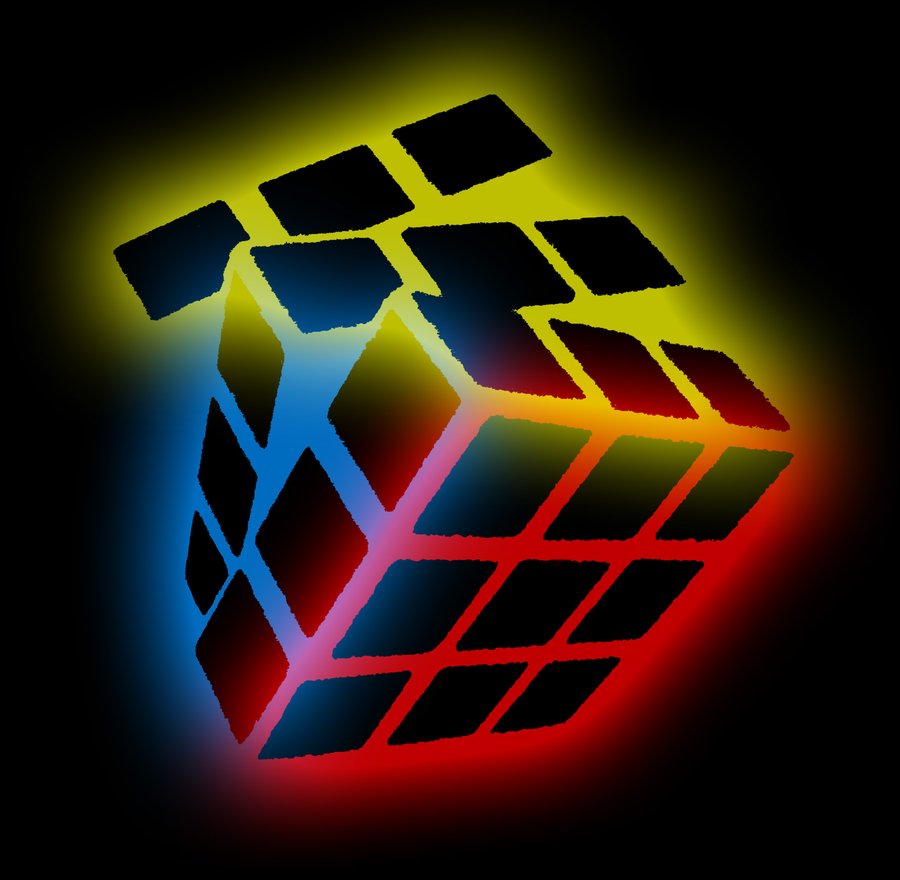Welcome to "The Ultimate Guide to Mastering the Rubik’s Cube: Unlocking the Secrets of Solving." Are you ready to dive into the colorful and challenging world of the Rubik’s Cube? Whether you’re a complete beginner or an aspiring speed cuber, this comprehensive guide will provide you with the knowledge and techniques to conquer the iconic puzzle.
The Rubik’s Cube, also known as a Rubix Cube, has been captivating puzzle enthusiasts since its invention by Hungarian professor Ernő Rubik in 1974. With its six vibrant colors and seemingly endless combinations, solving the Rubik’s Cube can seem like an impossible task at first glance. However, fear not, as we unveil the secrets that will empower you to become a Rubik’s Cube master.
Speed cubing, the art of solving the Rubik’s Cube as quickly as possible, has become a popular subculture among puzzle enthusiasts worldwide. Speed cubers, armed with specialized speed cubes, have pushed the boundaries of what was once thought to be unattainable speeds. In this guide, we will explore the world of speed cubing, examining the techniques and strategies used to achieve lightning-fast solves.

Join us as we unravel the mysteries of the Rubik’s Cube, delve into the fascinating realm of speed cubing, and discover the transformative power of mastering this timeless puzzle. Are you ready to embark on this journey of twists, turns, and triumphs? Let’s get started!
Choosing the Right Speed Cube
When it comes to mastering the Rubik’s Cube and achieving lightning-fast solving speeds, having the right speed cube is essential. The market is filled with an array of options, each with unique features designed to enhance your speed cubing experience. Here are some factors to consider when choosing the perfect speed cube for you.
First and foremost, it’s important to consider the cube’s design and construction. Look for a speed cube that is optimized for smooth and fast turns. The speed cubes on the market are often engineered with specialized mechanisms that reduce friction and provide a satisfying, effortless feel as you solve. Additionally, pay attention to the cube’s corner cutting ability, which determines how smoothly you can turn the cube even when the layers are not perfectly aligned.
Secondly, take into account the size and weight of the speed cube. Some cubers prefer smaller cubes, as they offer greater precision and maneuverability. On the other hand, larger cubes can provide more stability and easier finger placement. Try out different sizes and weights to find the one that feels most comfortable in your hands.
Lastly, consider the customization options available for the speed cube. Many speed cubes come with adjustable tensions, allowing you to fine-tune the tightness or looseness of the cube to your liking. This is crucial as personal preferences can vary greatly among speed cubers. Additionally, some speed cubes offer replaceable magnets that can be adjusted for different levels of magnetic strength, which can greatly influence solving speed and stability.
In conclusion, when choosing a speed cube, prioritize factors such as design, size, weight, corner cutting ability, and customization options. Remember that finding the perfect cube may require some trial and error, as personal preferences differ from one speed cuber to another. Keep experimenting until you find the speed cube that feels like an extension of your hands and unlocks your full potential as a speed cubing enthusiast.
Learning the Basic Techniques
In order to master the Rubik’s Cube and unlock its secrets, it is essential to start by learning the basic techniques. These techniques serve as the building blocks for more advanced solving methods and will pave the way for becoming a speed cubing expert.
The first fundamental technique is understanding the notation system used to describe the cube’s movements. Each face of the Rubik’s Cube is represented by a letter: U (up), D (down), F (front), B (back), L (left), and R (right). To specify a clockwise turn of a particular face, the letter is used alone. For example, rotating the front face clockwise is denoted by writing ‘F’. A counterclockwise turn is indicated by adding an apostrophe, like ‘F’.
Next, it is important to learn the basic algorithms used in solving the cube. An algorithm is a sequence of moves that, when performed in a specific order, achieves a certain goal. One such algorithm is the "Sune" algorithm, which is used to solve a specific pattern on the Rubik’s Cube. It involves a series of moves that rotate three corners and three edges, ultimately returning the cube to its initial state.
Finally, speed cubing enthusiasts often invest in specialized speed cubes to enhance their solving abilities. These cubes are designed with smoother mechanisms, allowing for faster and more efficient turns. By using a speed cube, one can dramatically reduce solving times and improve overall performance.
By familiarizing yourself with the notation system, learning essential algorithms, and exploring the benefits of speed cubes, you will lay a solid foundation for your Rubik’s Cube journey. These basic techniques are the key to unlocking the secrets of solving and embarking on the path to becoming a skilled speed cuber.
Mastering Advanced Strategies
In order to truly become a Rubik’s Cube master, it is essential to delve into the realm of advanced strategies. These techniques will not only improve your solving speed but also enhance your understanding of the puzzle’s intricacies. Let’s explore three key strategies that will take your cubing skills to the next level.
-
F2L (First Two Layers): The F2L method focuses on solving the first two layers of the Rubik’s Cube simultaneously. This technique requires careful observation and efficient move execution. By practicing F2L algorithms and honing your intuitive skills, you will be able to seamlessly transition from solving the cross to completing the first two layers in a swift manner.
-
OLL (Orientation of the Last Layer): OLL algorithms are dedicated to orienting the pieces in the last layer of the Rubik’s Cube. Efficiently memorizing and executing OLL algorithms is vital for reducing solving time. By familiarizing yourself with the various cases and patterns, you will be able to quickly recognize and apply the corresponding algorithms, bringing you closer to solving the cube completely.
-
PLL (Permutation of the Last Layer): Following the OLL stage, the PLL algorithms are essential for permuting the pieces in the last layer, completing the Rubik’s Cube. Similar to OLL, mastering PLL involves familiarizing yourself with the different algorithms corresponding to each case. As you become more proficient in executing these algorithms, your solving speed will significantly increase.
By combining these advanced strategies with your existing knowledge of speed cubing, you will become a formidable Rubik’s Cube solver. Remember, practice is key to internalizing these techniques and attaining mastery. With dedication and perseverance, you will unlock the secrets of solving the Rubik’s Cube and join the ranks of the true cubing enthusiasts.





